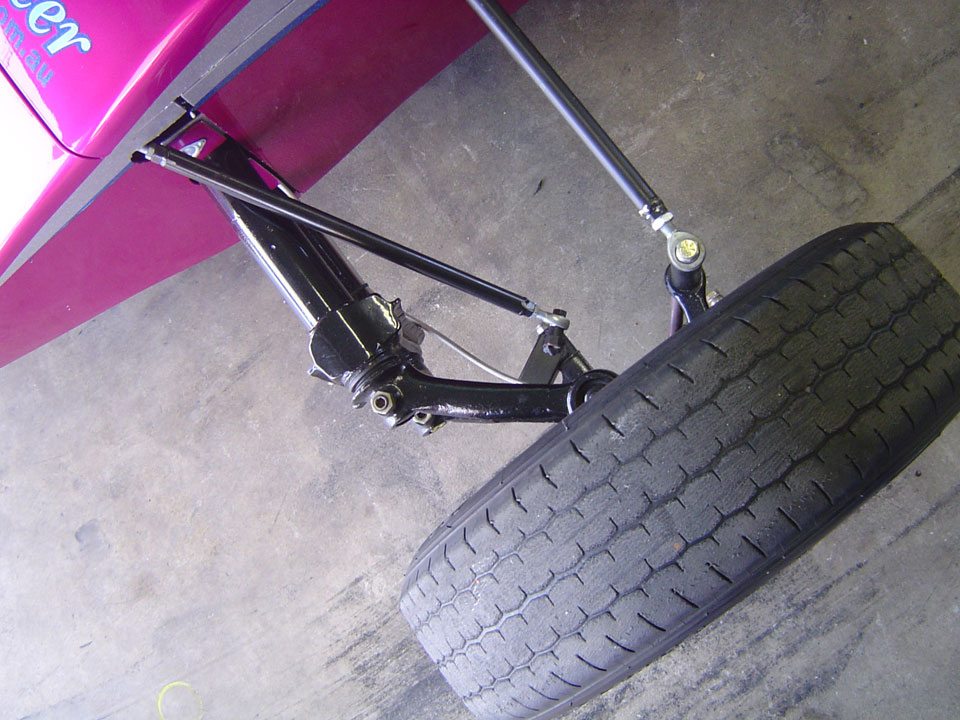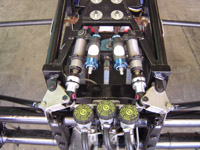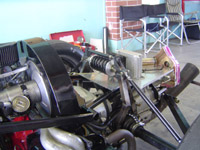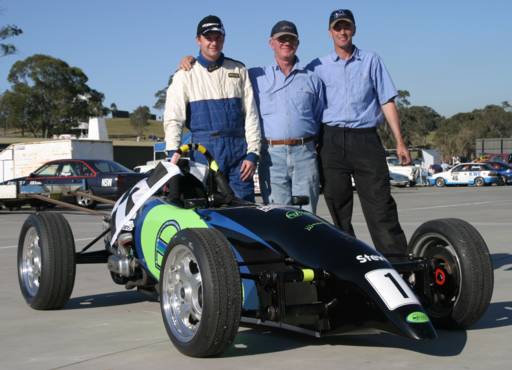 Have you ever put 30lbs in your Vee tyres and noticed how easy it has suddenly become to push? In short, it’s rolling resistance. The contact patch of the tyre to the ground has shrunk in relation to your normal pressures, giving you less resistance or effort required to move the vehicle.
Have you ever put 30lbs in your Vee tyres and noticed how easy it has suddenly become to push? In short, it’s rolling resistance. The contact patch of the tyre to the ground has shrunk in relation to your normal pressures, giving you less resistance or effort required to move the vehicle.
It may be impractical to use 30lb pressure in your tyres in a racing situation as that lack of contact patch to the track becomes a disadvantage, but other parts of the car can give you a similar resultant gain. The most basic of resistance in our cars come through the brakes. Be it either drums or discs, the result is the same.
If when you jack your drum brake car up you can?t rotate the wheel and have it spin easily for at least 7 to 10 seconds (front wheel here) there is a resistance that the engine must overcome. Wheel bearing and brake adjustment will be your main area of gain there. Disc brake cars are slightly different though. Yes, wheel bearing pre loads are something that are important, but brake adjustment is non-existent, so is there anything that can be done to help?
Yes, of course! By nature of the system, the pedal doesn’t move that far, meaning that the caliper and master cylinder also don’t move that far, and unlike a drum brake set up, discs don’t generally have a proper return spring to retract the pads away from the discs. In time they can stick slightly, meaning the release of the pad from the caliper becomes a lot slower.
Something simple that you can do yourself is to remove the wheels and push the pads back slightly and then pump the pedal until the pads are pushed back out again against the discs. Do this a few times on all wheels and you should find the pad „releasing? a lot faster. If you have the VW callipers and the anti rattle springs have been removed, put them back in. They act as a form of return spring also. It goes without saying that the gearbox consumes its fair share of h.p. through its resistance.
Internal pre loads and viscosity of lubricants play their part. The same can be said for the engine with piston ring drag or valve train friction, but if you don’t have the budget to chase drive train frictional losses, there are gains to be had in the most basic of areas with just a little bit of time and effort.

 I’ve been asked to write something about valve lift. It?s a pretty topical subject amongst a few people I?ve spoken to. I?ll try to cover the rule as it is now and how we got there rather than the how to’s.
I’ve been asked to write something about valve lift. It?s a pretty topical subject amongst a few people I?ve spoken to. I?ll try to cover the rule as it is now and how we got there rather than the how to’s. Hi again for one last time in 2010. I’ve been asked to write a little about dynos. Hopefully it may be of some interest. I feel the need to make a couple of points first before getting into this.
Hi again for one last time in 2010. I’ve been asked to write a little about dynos. Hopefully it may be of some interest. I feel the need to make a couple of points first before getting into this.
Follow Us!